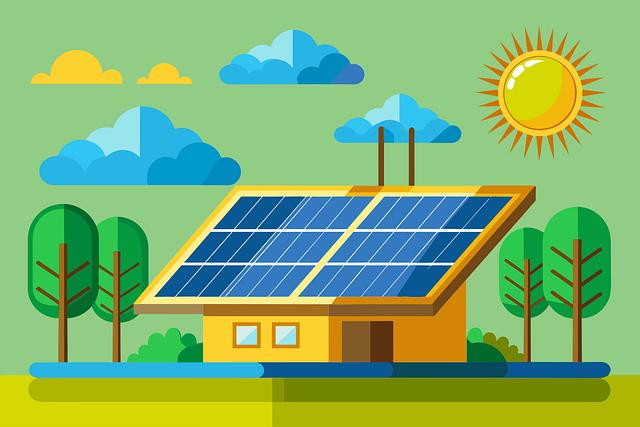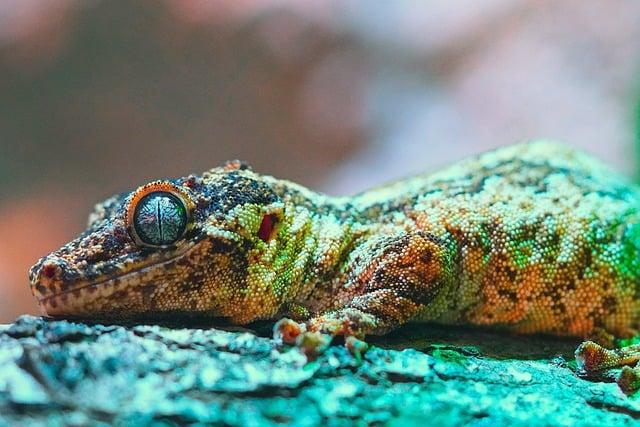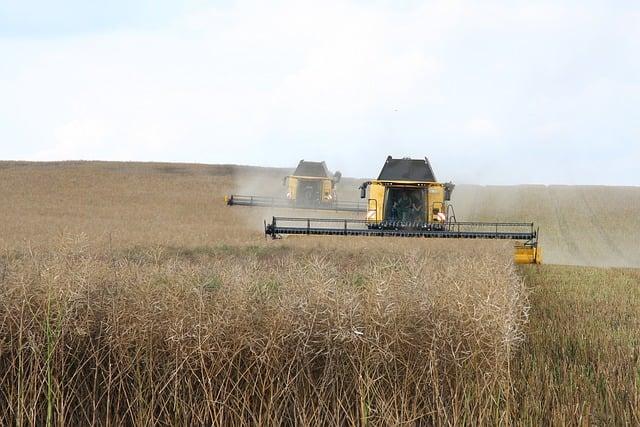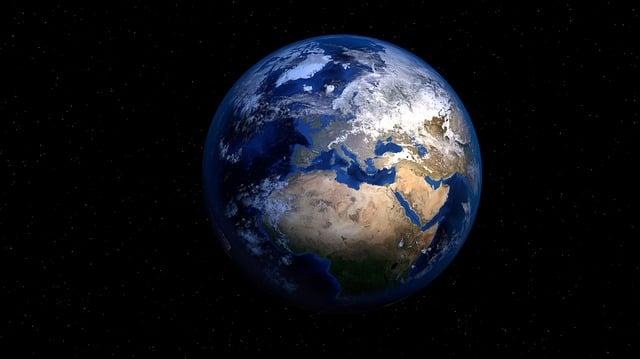- Introduction
- AI in Environmental Monitoring
- AI for Sustainable Energy Solutions
- AI for Conservation of Biodiversity
- AI for Advancing Agriculture
- Conclusion
- FAQs
Introduction
Artificial Intelligence (AI) is revolutionizing the way we approach some of Earth's most pressing environmental problems. From monitoring climate change to driving sustainable energy, AI tools are paving the way for a greener future. In this blog post, we’ll discuss various ways AI is being applied to preserve our planet. From real-time environmental monitoring, conserving biodiversity, to enabling more sustainable agricultural practices, AI applications are leaving an indelible mark on environmental innovation.
Let’s dive deeper into how these technological advancements are contributing to a healthier planet, setting the stage for a more eco-friendly future.
AI in Environmental Monitoring

(Image: Pixabay/@darwisalwan)
Environmental monitoring plays a pivotal role in understanding and mitigating the impacts of human activity on Earth. AI-based systems can now analyze satellite data and other real-time information, allowing scientists and researchers to track pollution levels, deforestation rates, weather changes, and much more with higher accuracy. This predictive ability improves our reaction time and helps craft more precise policies for climate action.
Moreover, AI-powered drones and sensors deployed in remote areas collect air quality and water temperature data around the clock, feeding this information into machine learning models to predict future risks like forest fires, floods, or industrial pollution events. AI’s capability to help pinpoint where environmental degradation is happening most—and why—is becoming an invaluable tool in global conservation efforts.
For instance, smart algorithms are being deployed to track illegal fishing vessels, detect oil spills before they wreak havoc, and even identify hazardous waste emissions from factories, all in real time. Overall, AI empowers countries, industries, and organizations to keep a constant 'eye' on the environment.
AI for Sustainable Energy Solutions

(Image: Pixabay/@jamal39)
One of the big promises AI holds is its potential to enhance the efficiency and reliability of renewable energy sources like wind, solar, and hydroelectric power. AI systems can optimize energy grids by predicting demand patterns and improving the distribution of energy supplies, thus reducing wastage. For instance, machine learning algorithms are improving grid flexibility, enabling faster integration of renewable energy resources into the mainstream power supply.
Wind farms, for example, use AI algorithms to predict wind patterns with high accuracy, making it easier to adjust turbines for maximum energy output. Similarly, solar energy plants utilize AI-enhanced apps that predict cloudy weather and automatically adjust photovoltaic panels accordingly, ensuring optimal sunlight exposure.
Additionally, AI is helping to accelerate the development of smart cities. Intelligent systems control power usage in homes and industries alike, and urban planners use AI models to design cities where energy is consumed most efficiently. This not only reduces carbon footprints but also saves costs while maintaining sustainability.
AI for Conservation of Biodiversity

(Image: Pixabay/@Mylene2401)
Conserving the Earth’s rich diversity of life remains one of humanity’s biggest challenges. AI has proven instrumental when it comes to tracking endangered species or even discovering new ones. AI-enhanced camera traps, wildlife-monitoring drones, and multi-sensor systems are enabling more accurate detection of animals in their natural habitats without human interference.
In forests worldwide, machine learning algorithms are running through millions of hours of wildlife camera footage, identifying species at remarkable speeds. Researchers can then use this data to evaluate population sizes, migration patterns, and animal behavior in different ecosystems. AI's assistance allows conservationists to gather critical insights and respond proactively, be that relocating animals from sensitive habitats or curbing poaching activities.
Some customized AI models can even analyze atmospheric sounds recorded in environments such as rainforests. These models 'listen' to the forest and distinguish between natural and man-made sounds, giving scientists detailed reports on environmental disturbances caused by illegal logging or mining activities. By utilizing such auditive data collected over periods, they better understand if ecosystems are thriving or under threat.
AI for Advancing Agriculture

(Image: Pixabay/@Stefan-1983)
The agricultural sector is beginning to reap the benefits of AI, as it helps address food security concerns, reduce waste, and increase farm productivity. AI-powered tools are employed to monitor crop health, automate irrigation, and even forecast yields. Precision farming is moving forward at a scale never seen before thanks to these advancements.
For example, AI drones monitor large tracts of farmland, providing detailed insights from soil conditions to vegetation coverage. Farmers can control the amount of water, nutrients, and pesticides they use, thereby reducing both costs and environmental harm. Moreover, sophisticated machine learning algorithms help predict weather conditions, making it easier to schedule planting and harvesting seasons to maximize crop yields.
AI is also combatting invasive species and pathogens. Through machine learning models that analyze pest and disease patterns, AI is quickly emerging as a popular solution in predicting and preventing agricultural crises before they occur, taking precision farming to a whole new level.
Conclusion
AI continues to demonstrate its immense potential in helping humanity tackle global environmental issues. By monitoring environmental variables in real time, optimizing energy solutions, protecting biodiversity, and advancing agriculture, AI plays an indispensable role across diverse sectors. In each case, the technology is helping us better understand the world around us and gives us a pathway toward more sustainable ways of living, offering immense hope for future generations.
FAQs
How is AI applied to help combat climate change?
AI can process vast amounts of environmental data to predict climate changes and model the effects of potential interventions. It's used for real-time monitoring and risk assessment of environmental problems like deforestation, rising sea levels, and air pollution.
What are examples of AI in environmental monitoring?
AI is used in satellite imaging to track deforestation and pollution, drone monitoring of water and air conditions, as well as algorithms used for predicting natural disasters like hurricanes and forest fires.
How does AI improve renewable energy source management?
AI enhances the distribution and storage of renewable energy by predicting demand trends and adjusting resources like wind turbines or solar panels for maximum energy capture based on weather forecasts and consumption needs.
How does AI aid farming today?
AI is utilized in precision farming through sensors, drones, and machine-learning algorithms. It helps optimize irrigation, monitor crop health, and predict weather and market conditions to improve overall agricultural outputs.

